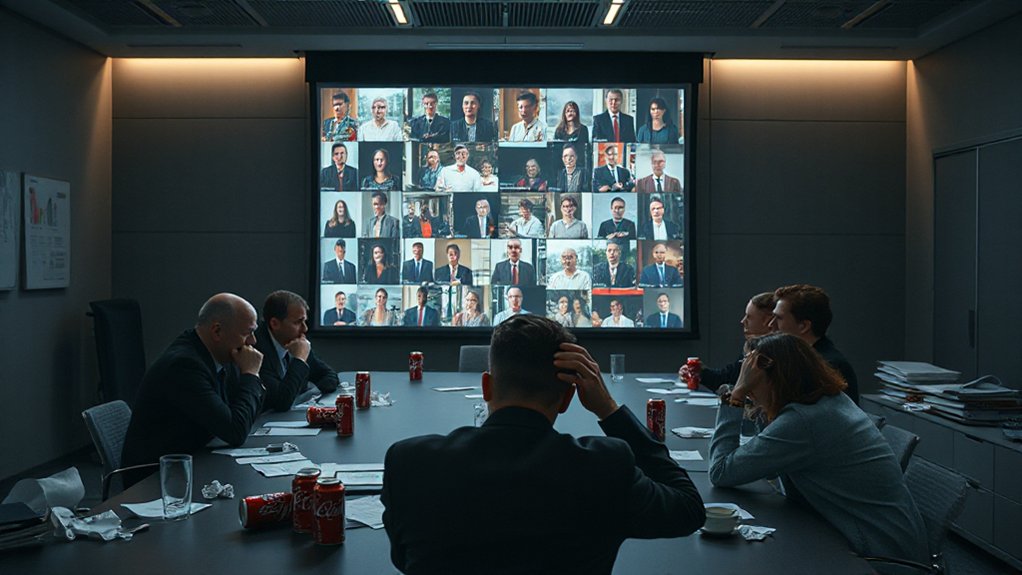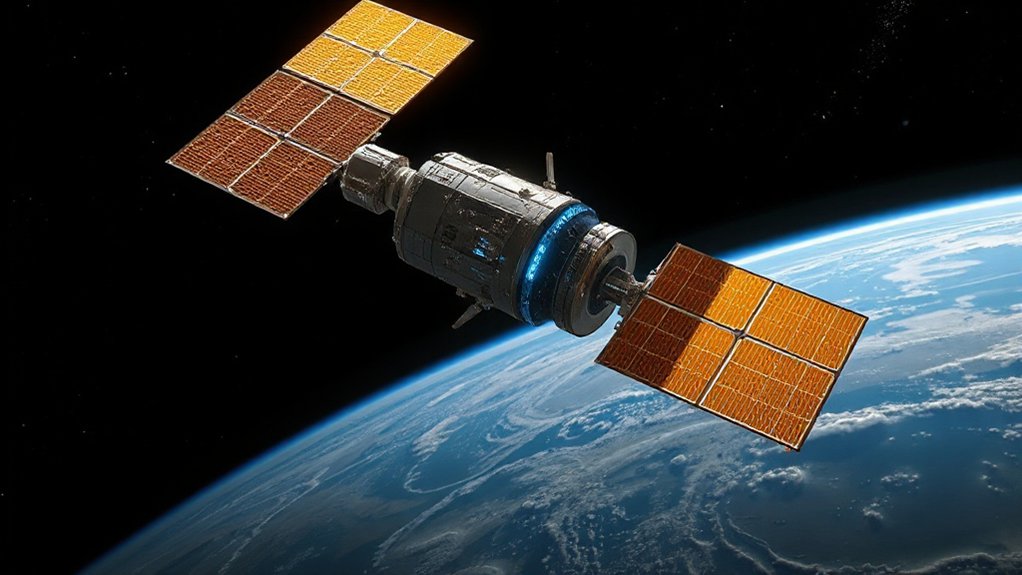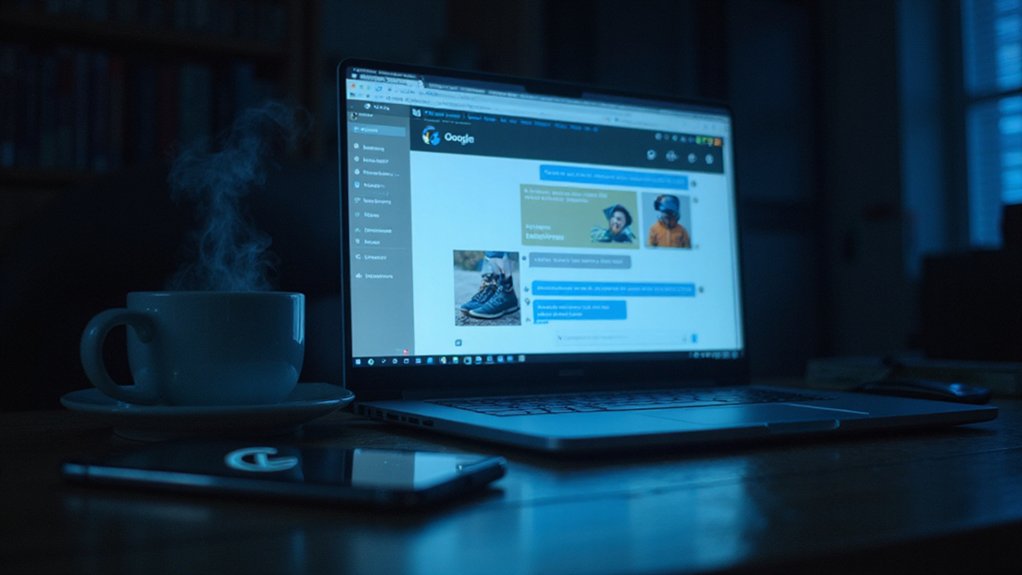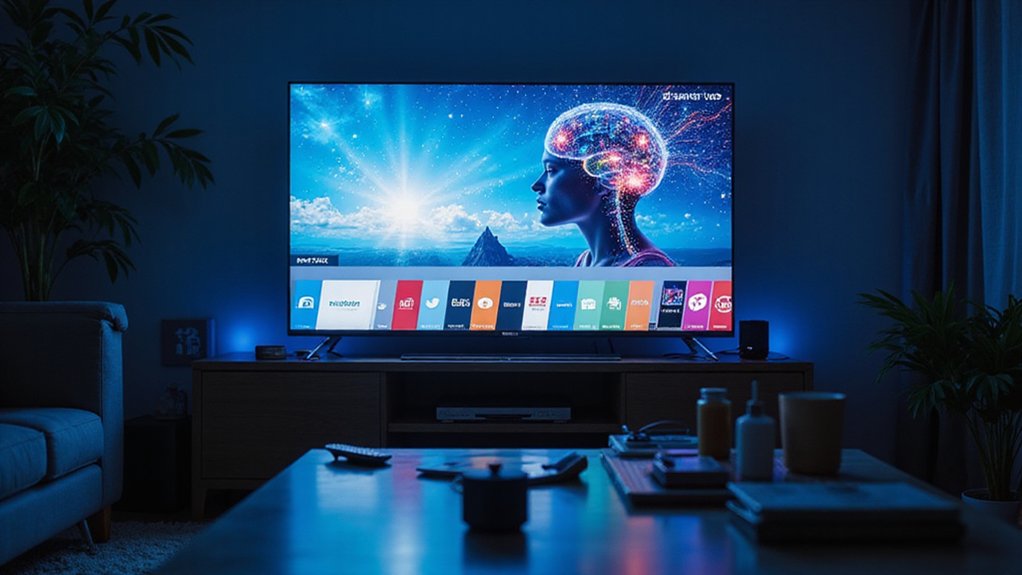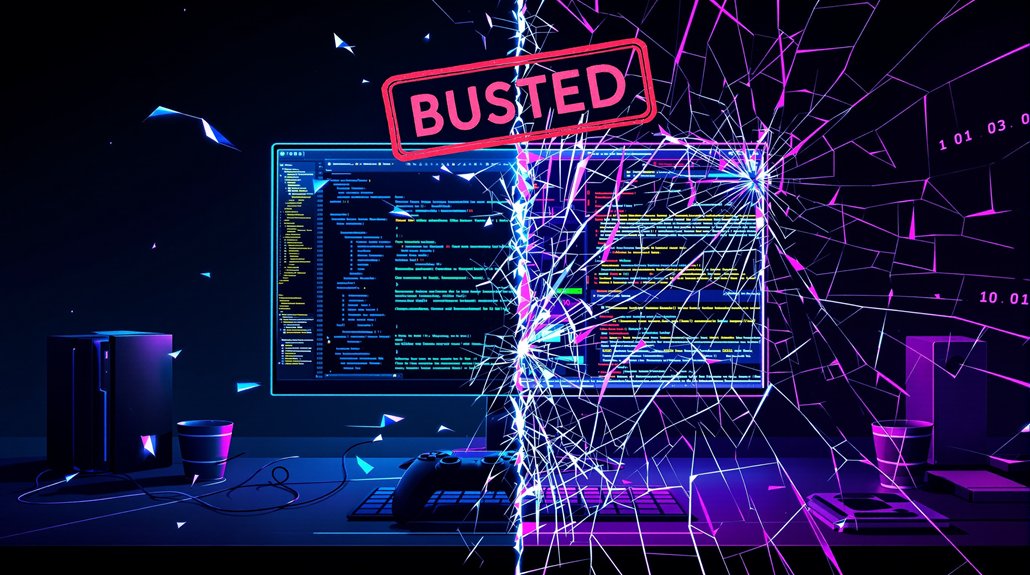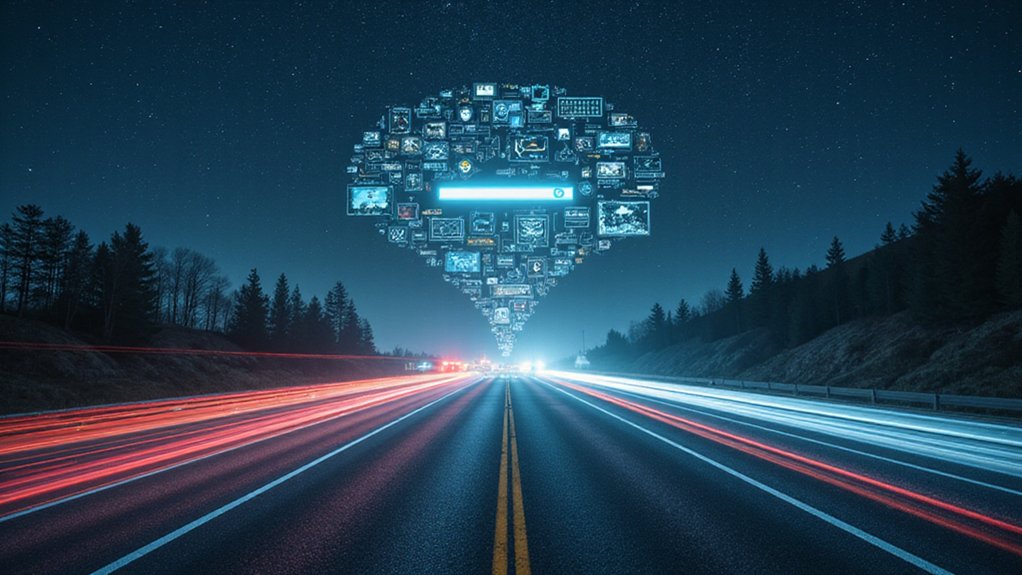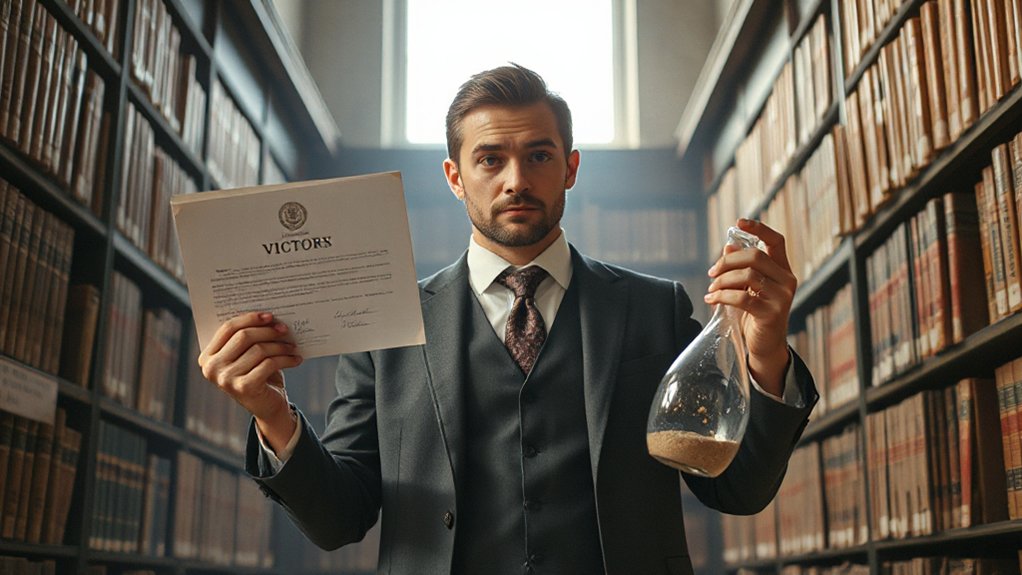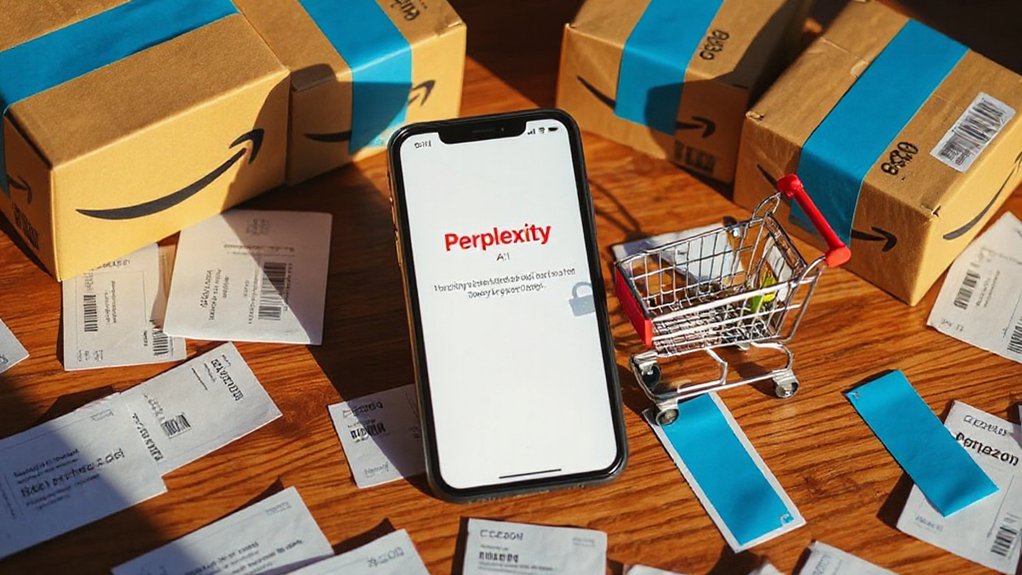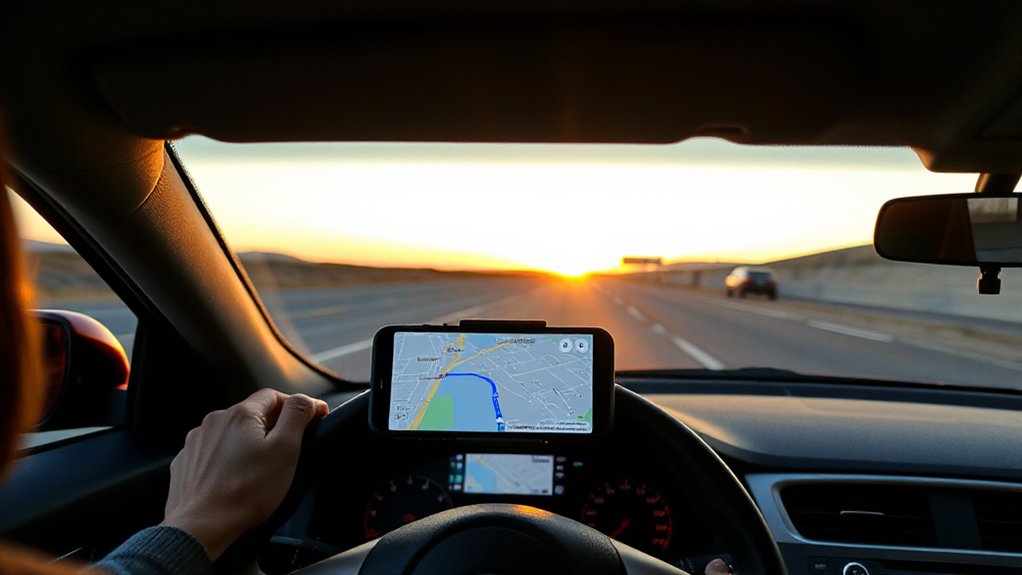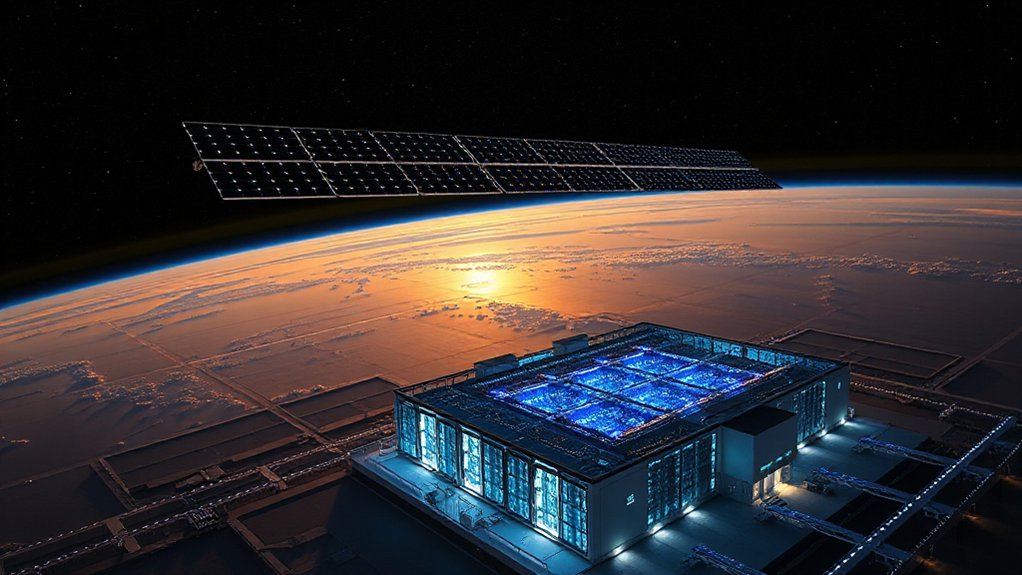In a digital revolution that has transformed the advertising landscape, Coca-Cola has launched an ambitious AI-powered holiday campaign that dramatically changed how commercials are made. The project involved approximately 100 staff members from Coca-Cola, advertising agency WPP, and AI studios Silverside and Secret Level, resulting in over 70,000 video clips.
The campaign reimagined the iconic 1990s “Holidays Are Coming” commercial, creating three AI-generated versions. Production time shrank from about a year to just one month, with significant cost savings compared to traditional filming methods that required location shoots and union crews.
Traditional productions of this scale typically needed 50 or more crew members. In contrast, the AI project employed just five AI specialists to handle video generation. This shift particularly impacted younger staff aged 20-24, who saw fewer entry-level opportunities as AI took over basic production tasks.
Despite technical advancements, the ads weren’t without flaws. Critics pointed out issues like “wheels not moving properly” and an overall “AI sheen” that lacked the warmth of human-created content. The creative community expressed concerns about poor craftsmanship and the potential loss of jobs in creative fields.
Consumers, however, responded positively. Market research firm System1 gave the ads a perfect score of 5.9 out of 5.9 for potential brand growth impact. Kantar ranked the previous year’s AI holiday campaign as the top-performing Christmas ad globally across all categories. This success reinforced the company’s no retreat from AI technology despite mixed initial reactions from industry insiders.
Coca-Cola’s head of generative AI claimed the 2025 campaign showed craftsmanship “ten times better” than previous efforts, reflecting rapid advances in AI capabilities. The campaign featured animated polar bears and sloths watching red trucks traverse snowy landscapes, completely replacing human actors traditionally used in holiday advertisements. The company used tools like Runway and Luma Dream Machine to improve photorealism.
The tension remains between Coca-Cola’s brand equity—built on human connection—and the efficient but sometimes emotionally colder AI-generated content. Despite controversy, industry leaders recognize Coca-Cola for pushing boundaries in advertising technology, balancing innovation with their established brand identity. This approach aligns with broader market trends, as global AI market growth is expected to reach $407 billion by 2027, transforming how companies create and distribute content.
References
- https://www.adweek.com/creativity/brandweek-coca-cola-ai-holiday-ad/
- https://www.implicator.ai/coca-cola-debuts-ai-holiday-ads-animals-replace-actors-after-2024-backlash/
- https://www.marketingdive.com/news/what-coca-cola-learned-generative-ai/741709/
- https://www.businessinsider.com/coca-cola-ai-holiday-ad-glitches-highlight-ai-shortcomings-2025-11
- https://www.forrester.com/blogs/coca-colas-ai-generated-holiday-ads-approach-a-creative-tipping-point/
- https://www.coca-colacompany.com/media-center/the-coca-cola-company-introduces-fizzion
